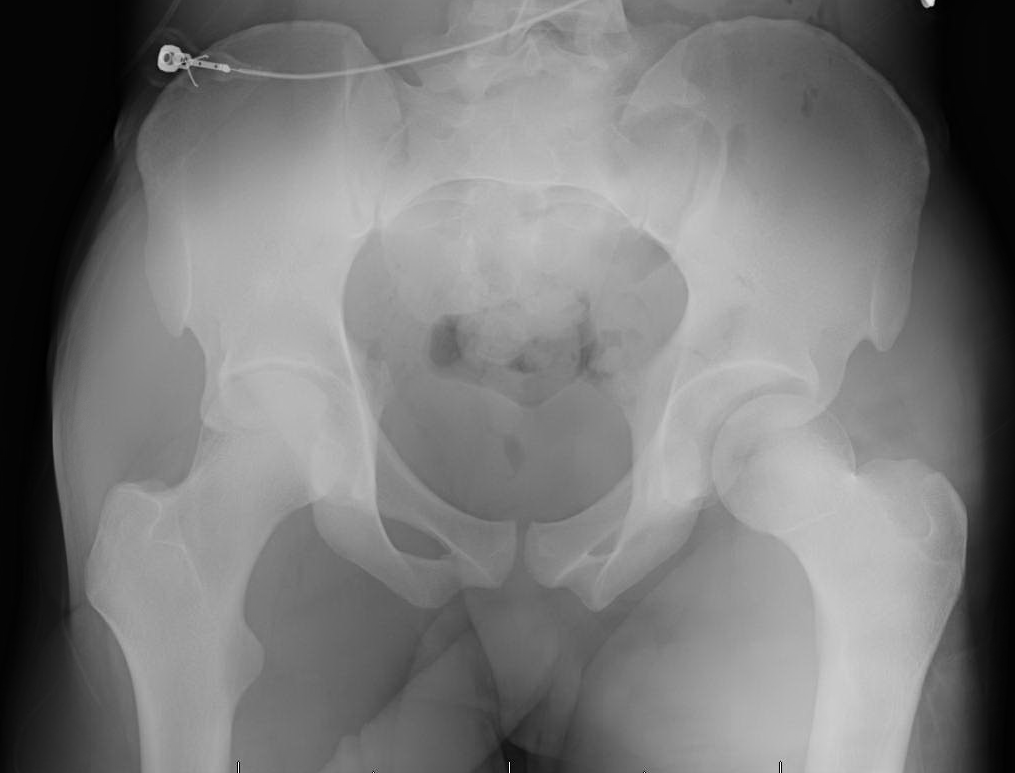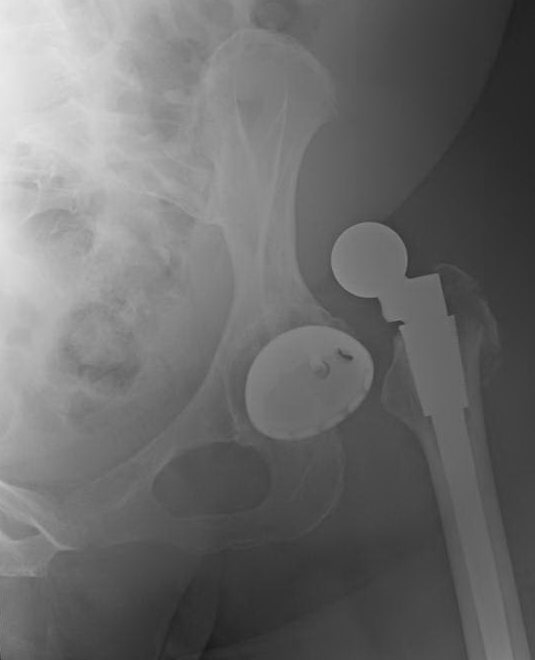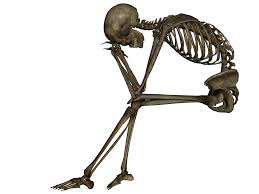|
HPI: Patient 1: Restrained passenger of a head on MVC. Patient 2: Elderly patient with fall from standing. Physical Exam: Patient 1: Hip flexed and internally rotated. Unable to straighten the leg. Unable to walk. Patient 2: Hip flexed and externally rotated. Unable to straighten the leg. Unable to walk. Imaging: Patient 1: Posterior hip dislocation of native hip. Patient 2: Superolateral hip dislocation of prosthetic hip. Posterior Hip DislocationProsthetic Hip DislocationTreatment:
****Don't forgot you can find the ED Policy for Deep Sedation on the Top 20 Page. Anesthesia must be present for intubation. Click here to read more.
0 Comments
Your comment will be posted after it is approved.
Leave a Reply. |
Orthopedics BlogAuthorCMC ER Residents Archives
June 2018
Categories
All
Disclaimer: All images and x-rays included on this blog are the sole property of CMC EM Residency and cannot be used or reproduced without written permission. Patient identifiers have been redacted/changed or patient consent has been obtained. Information contained in this blog is the opinion of the author and application of material contained in this blog is at the discretion of the practitioner to verify for accuracy.
|



 RSS Feed
RSS Feed
